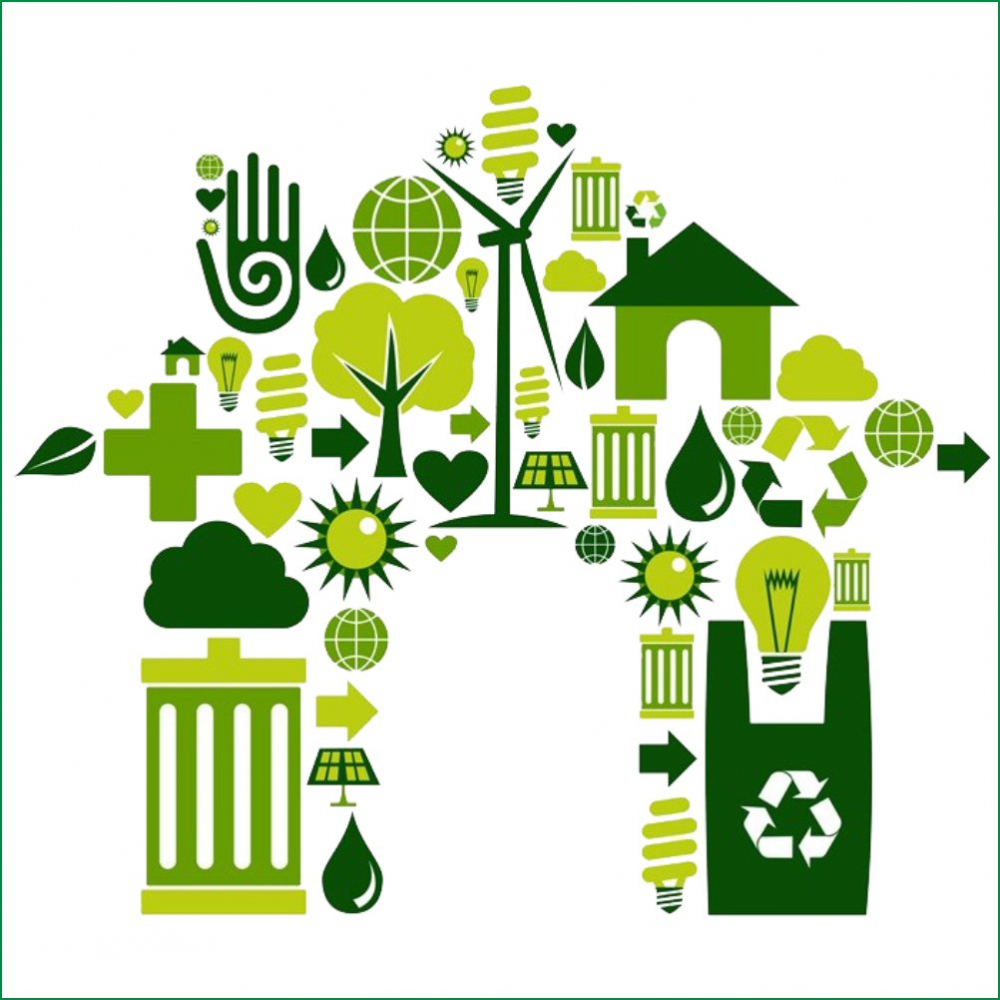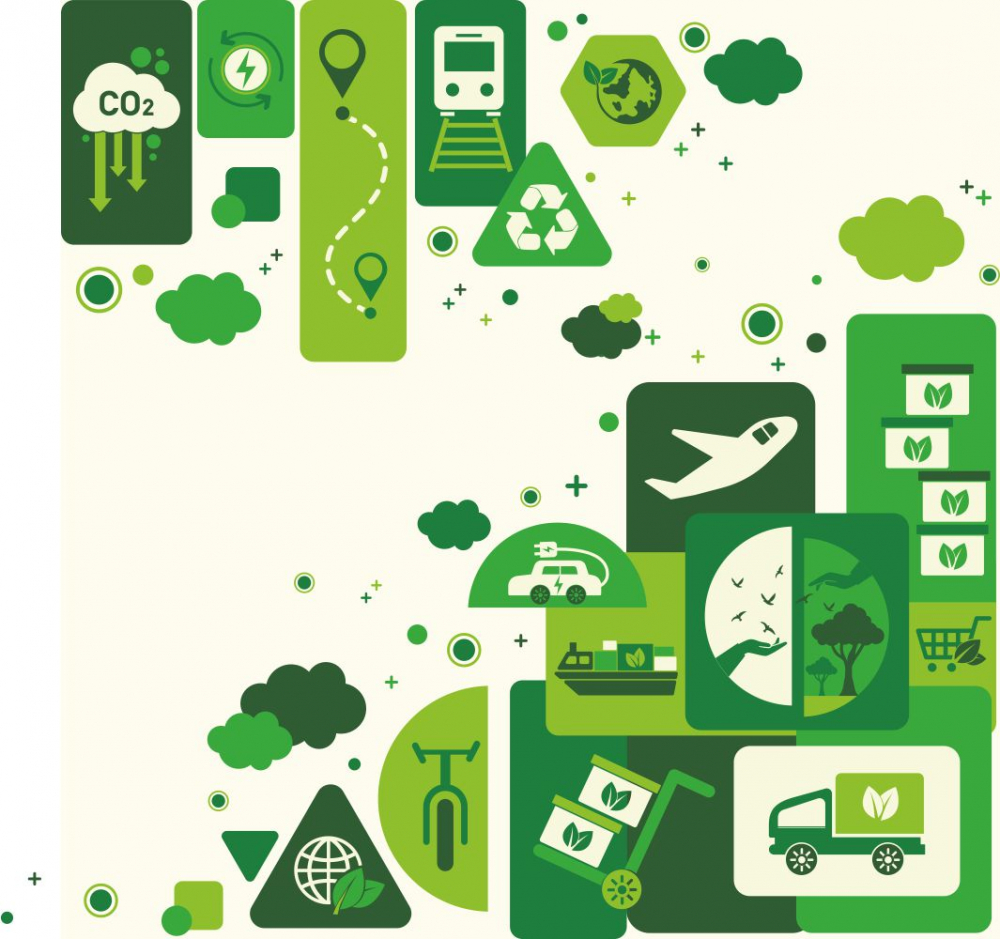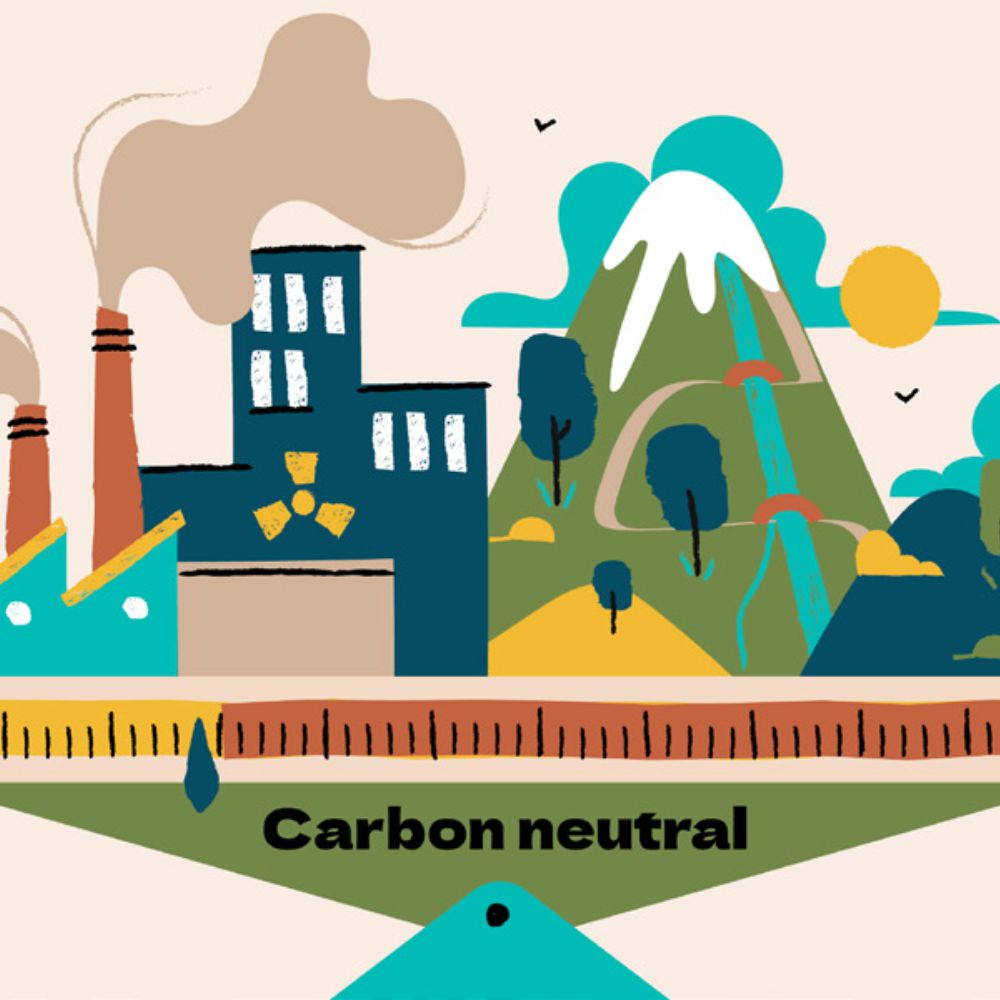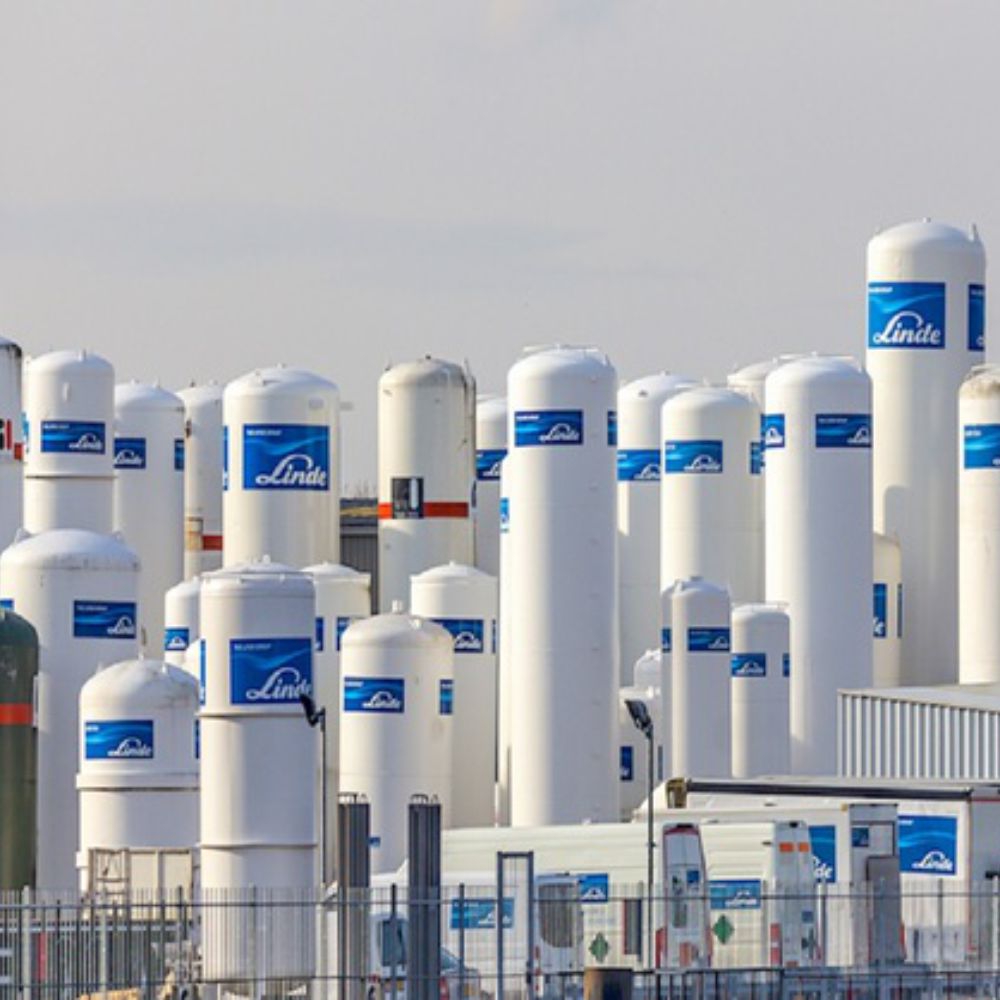We are living in the dawn of the great convergence. For decades, we designed supply chains around linearity—input, throughput, output—measured by speed, cost, and compliance. But that age is over. Today’s leading organizations are building something entirely different: intelligent, regenerative ecosystems where carbon, material, and energy flows are monitored, modelled, and optimized across the full value chain—especially the elusive terrain of Scope 3. In this visionary foreword, Shailesh Haribhakti, Chairman, Shailesh Haribhakti & Associates, reframes Scope 3 as the blueprint for building Resilient, Regenerative ecosystems.
Once regarded as the dark matter of emissions—everywhere and nowhere—Scope 3 is now the most potent arena for innovation, differentiation, and strategic resilience.
Why?
Because the world is being fundamentally rewired.
THE CONVERGENCE IS REAL—AND IT STARTS WITH THE INVISIBLE!
Across sectors, technologies once siloed are now fusing into exponential systems:
- Artificial Intelligence now digests supplier invoices, energy logs, and logistics manifests to produce high-fidelity Scope 3 maps.
- Autonomous mobility has begun to reshape freight networks—reducing idle times, optimizing routes in real-time, and minimizing per-tonne emissions.
- Renewable and abundant energy sources, increasingly hyperlocal, are decarbonizing production nodes and warehousing hubs.
- Next-gen robotics are enabling low-waste, high-precision sorting, packing, and repair—redefining the economics of circularity.
- Bioengineering and material science are creating biodegradable films, edible coatings, and AI-activated freshness sensors—preserving product integrity without refrigeration.
In this deeply interconnected paradigm, Scope 3 becomes the proxy for systemic health. It is no longer merely the sum of supplier emissions. It is a dynamic measure of how a business participates in the planetary metabolism. And the best part? We now have the tools to see it, shape it, and lead with it.
FROM REPORTING LAG TO REAL-TIME INSIGHT
Until recently, Scope 3 reporting was rear-view mirror compliance. We asked suppliers for annual emissions data, often outdated, incomplete, and unverifiable. What emerged was a fog of approximations—useful for CSR reports, but not for operational decision-making.
That fog is lifting.
With AI-driven platforms, companies can now simulate Scope 3 emissions daily, even hourly, across multiple scenarios—“What happens if I shift to rail in Eastern India?” “What if I redesign this component using mycelium instead of plastic?” “What’s the impact of switching to contract manufacturers running on biogas?”
Machine learning models ingest supply chain telemetry, EPR data, utility bills, and even satellite imagery to give procurement heads and design engineers a live dashboard of emissions, costs, and resilience metrics. This is no longer futuristic—it is the new baseline of responsible operations.
REINVENTING THE JOURNEY, NOT JUST THE DESTINATION
One of the most exciting frontiers is the reinvention of motion itself. Traditionally, emissions were baked into movement: trucks idling at borders, perishables flying across continents, half-full containers sailing thousands of kilometers. Now, thanks to autonomous electric freight, drone-enabled last-mile delivery, and just-in-time micro-fulfillment centers, emissions are decoupling from mobility.
Smart packaging—enabled by nano-sensors, humidity-adaptive linings, and reusable tags—now allows goods to be preserved longer, trace their own location, and even negotiate unloading preferences with automated docks. The result: fewer losses, lower spoilage, faster turnarounds, and lower Scope 3 per unit.
And the ripple effects are profound. Cold chains powered by solar microgrids, AI-predicted delivery windows, and dynamic port scheduling are collectively transforming transport from a cost center into a climate-positive differentiator.
FROM COMPLIANCE TO COMPETITIVE MOAT
It’s tempting to see Scope 3 disclosure as a burden—an opaque labyrinth of supplier behaviors, data gaps, and shifting standards. But this perspective misses the point. In reality, Scope 3 is the single largest opportunity to turn sustainability into strategy.
Consider these game-changing levers:
- Supplier Tiering by Carbon Intensity: What if your preferred suppliers were those with verified Net Zero pathways? Many companies are already reshaping their vendor scorecards accordingly.
- Insetting Instead of Offsetting: By helping suppliers decarbonize their own processes (through shared solar, EV leasing, or zero-waste packaging), companies can reduce emissions within their own ecosystem—delivering real impact, not just paper credits.
- Design-to-Zero: Engineering teams now use digital twins to create products that are lighter, modular, and repairable. Every gram saved or bolt eliminated means emissions spared—again, mostly in Scope 3.
Those who see Scope 3 as a line item to report will fall behind. Those who see it as a lever to design with will lead.
THE BOARDROOM AWAKENS
One of the most significant shifts we are witnessing is the awakening of corporate boards to the systemic implications of Scope 3.
Sustainability is no longer relegated to ESG subcommittees. It is central to business continuity, cost predictability, and investor confidence. Climate-linked risks—whether from regulatory tightening, insurance availability, or reputational exposure—are board-level concerns. And Scope 3 sits at the center of this matrix.
I’ve personally witnessed forward-thinking boards reframe their governance frameworks:
- Replacing quarterly reviews of compliance checklists with real-time dashboards of Scope 3 metrics.
- Mandating carbon-adjusted internal rates of return on capital projects.
- Embedding Scope 3 progress into executive KPIs and incentive structures.
This is not tokenism. This is risk stewardship and opportunity optimization at its best.
THE NEW WORLD ON OUR PLANET
What emerges is nothing less than a renaissance in how we make, move, and measure.
We are building a world where:
- Fleets recharge, not refuel.
- Goods speak, trace, and protect themselves.
- Factories run on sun and algorithms.
- Packaging breathes, signals, and biodegrades.
- Every material has a memory—and a next life.
And beneath it all runs a living intelligence: a planetary nervous system built on AI, quantum sensors, and carbon-accounting ledgers that capture the full scope of impact, not just the tip. This is the world that Scope 3 can unlock—if we dare to see it not as a reporting hurdle, but as an innovation enabler.
IT’S TIME TO SHIFT OUR LENS
Let Scope 3 be our new R&D lab, our compass for credible sustainability, and our metric for moral leadership. Let us ask not just “How low can we go?”—but “How regenerative can we become?”
To all the readers of this visionary edition of Celerity Supply Chain Tribe, I invite you to look again at your supply chains—not as lines of cost and control, but as webs of life, possibility, and stewardship. The power is already in your hands. The time to lead is now.

Categories

Magazine Editions






















